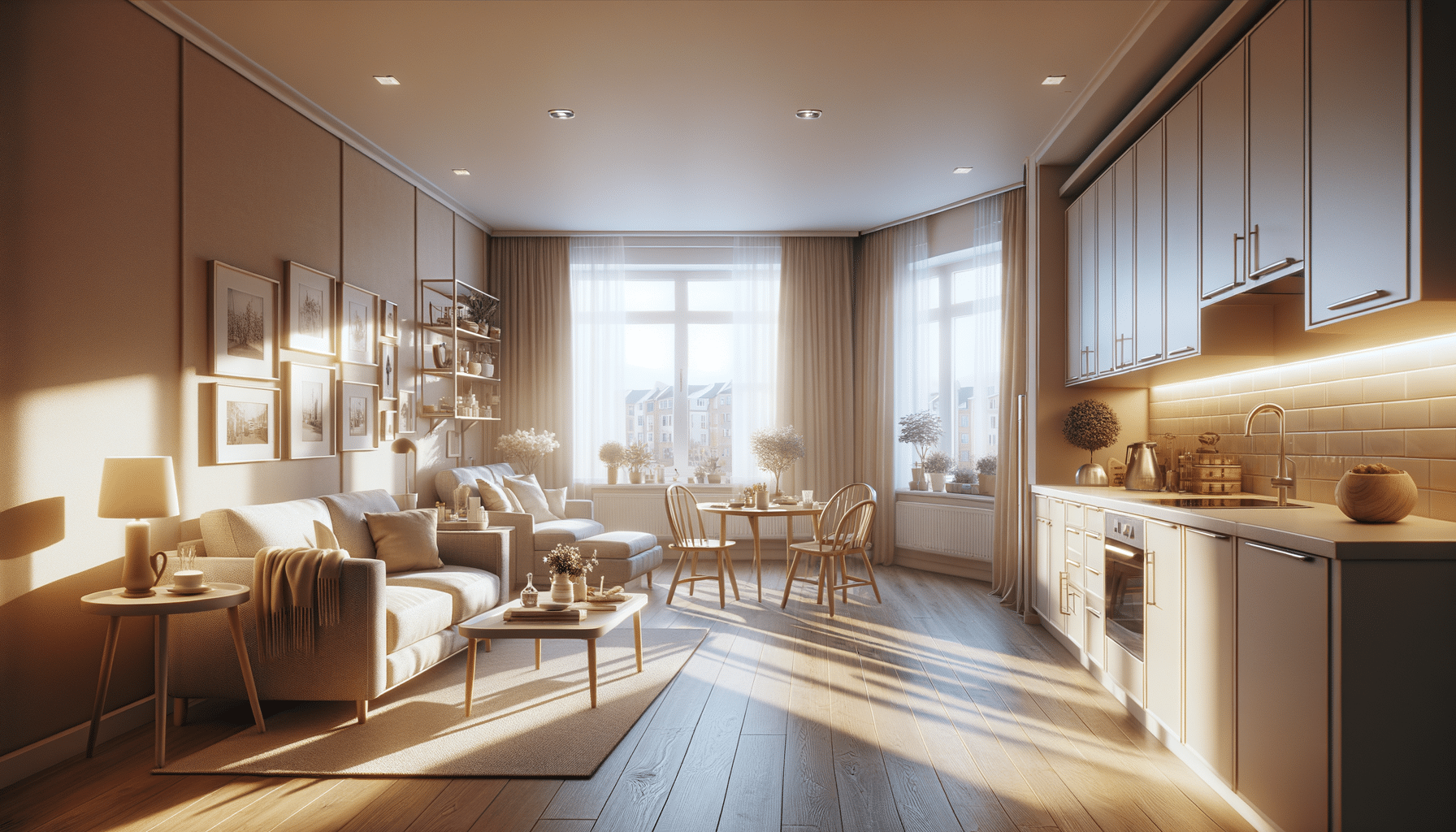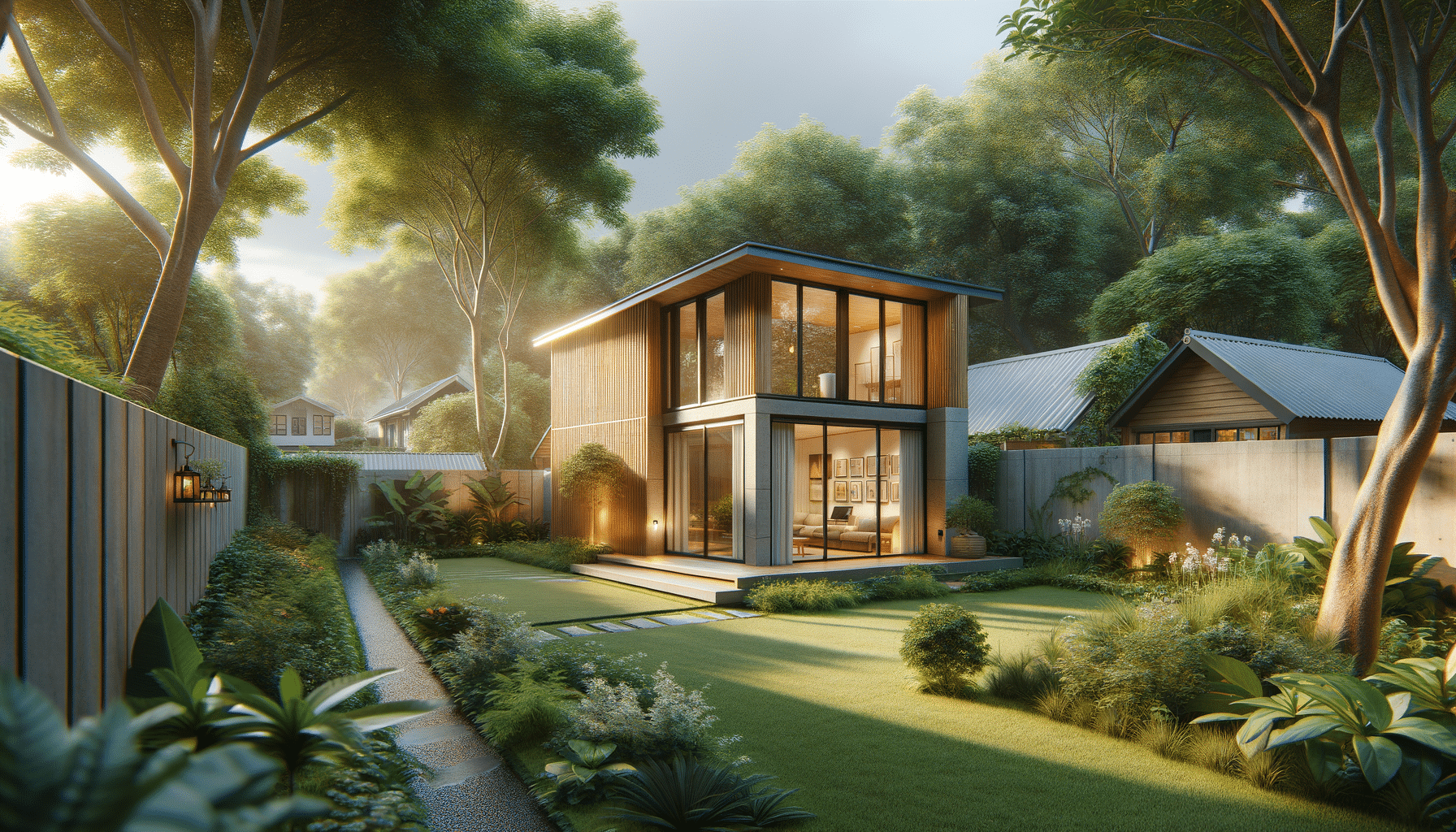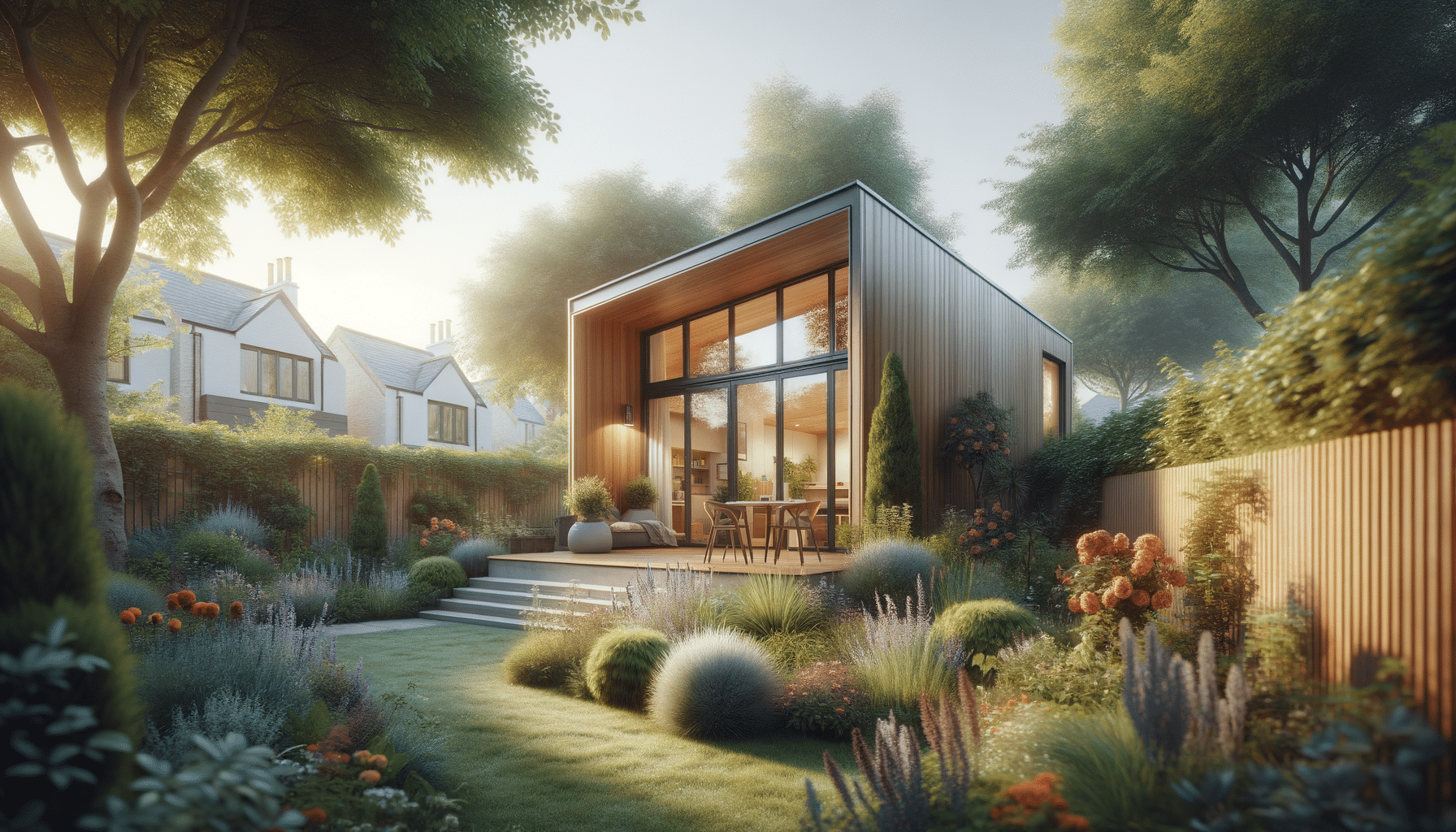
1-Bedroom Senior Apartments – Comfortable Living for Independent Seniors
The Appeal of 1-Bedroom Senior Apartments
As the population ages, the housing market has adapted to meet the needs of seniors who seek independence without the burden of maintaining a large home. 1-bedroom senior apartments present a compelling option for many older adults. These apartments are designed to offer a balance of comfort and functionality, making them an ideal choice for those who wish to downsize but still maintain a sense of home.
The appeal of 1-bedroom senior apartments lies in their simplicity and practicality. They are often equipped with features that cater specifically to the needs of seniors, such as step-free access, wider doorways, and safety installations in bathrooms. These thoughtful details ensure that residents can live comfortably and safely.
Moreover, these apartments often come with access to community amenities, fostering a sense of belonging and community. Seniors can enjoy facilities such as fitness centers, community gardens, and social gathering spaces, which encourage active and engaged lifestyles. This combination of private living and community access makes 1-bedroom senior apartments a desirable option for many.
Financial Benefits of Downsizing to a 1-Bedroom Apartment
Downsizing to a 1-bedroom senior apartment can offer significant financial benefits. For many seniors, maintaining a larger home can be costly, with expenses such as property taxes, utility bills, and maintenance costs adding up. In contrast, 1-bedroom apartments typically come with lower utility costs and reduced maintenance responsibilities.
Additionally, many senior apartment complexes offer all-inclusive rent packages that cover utilities and maintenance, simplifying budgeting for residents. This financial predictability is particularly appealing for those on fixed incomes, as it reduces the risk of unexpected expenses.
Furthermore, the process of downsizing allows seniors to declutter and sell or donate items they no longer need, which can be both financially beneficial and emotionally liberating. By reducing possessions, seniors can focus on creating a living space that truly reflects their current lifestyle and needs.
Design and Features of 1-Bedroom Senior Apartments
1-bedroom senior apartments are thoughtfully designed to maximize space and functionality. These apartments often feature open-plan living areas that make the most of natural light, creating a bright and welcoming atmosphere. The layout is typically designed to be easy to navigate, with minimal barriers and ample space for mobility aids if needed.
The kitchens in these apartments are usually compact yet efficient, equipped with modern appliances that are easy to use. Safety features such as non-slip flooring, grab bars, and emergency call systems are standard, ensuring peace of mind for both residents and their families.
In addition to practical design elements, these apartments often incorporate aesthetic touches that make them feel like home. Warm color palettes, quality finishes, and customizable options allow residents to personalize their space, making it uniquely theirs.
Community and Social Aspects
Living in a 1-bedroom senior apartment often means being part of a vibrant community. Many senior apartment complexes organize regular social events and activities, fostering a sense of camaraderie among residents. These activities can range from fitness classes and book clubs to art workshops and movie nights.
The social aspect of senior living is crucial for combating loneliness and promoting mental health. Having the opportunity to engage with peers and participate in group activities can significantly enhance the quality of life for seniors. It also provides a support network, which is invaluable as residents navigate the challenges of aging.
Moreover, many communities offer on-site services such as wellness programs, transportation, and meal plans, further supporting residents in leading active and independent lives.
Choosing the Right 1-Bedroom Senior Apartment
Selecting the right 1-bedroom senior apartment involves considering several factors. Location is often a primary consideration, as proximity to family, healthcare facilities, and amenities can greatly impact daily life. It’s important to visit potential apartments to assess the environment and meet with current residents and staff.
Another key factor is the range of services and facilities offered. Prospective residents should consider what services are included in the rent and what additional costs might be incurred. Understanding the community’s policies on pets, visitors, and activities is also essential to ensure it aligns with personal preferences.
Finally, considering future needs is crucial. While current mobility and health may not require certain features, it’s wise to choose an apartment that can accommodate potential changes in lifestyle and health. This foresight can prevent the need for future moves, allowing seniors to age in place comfortably.


